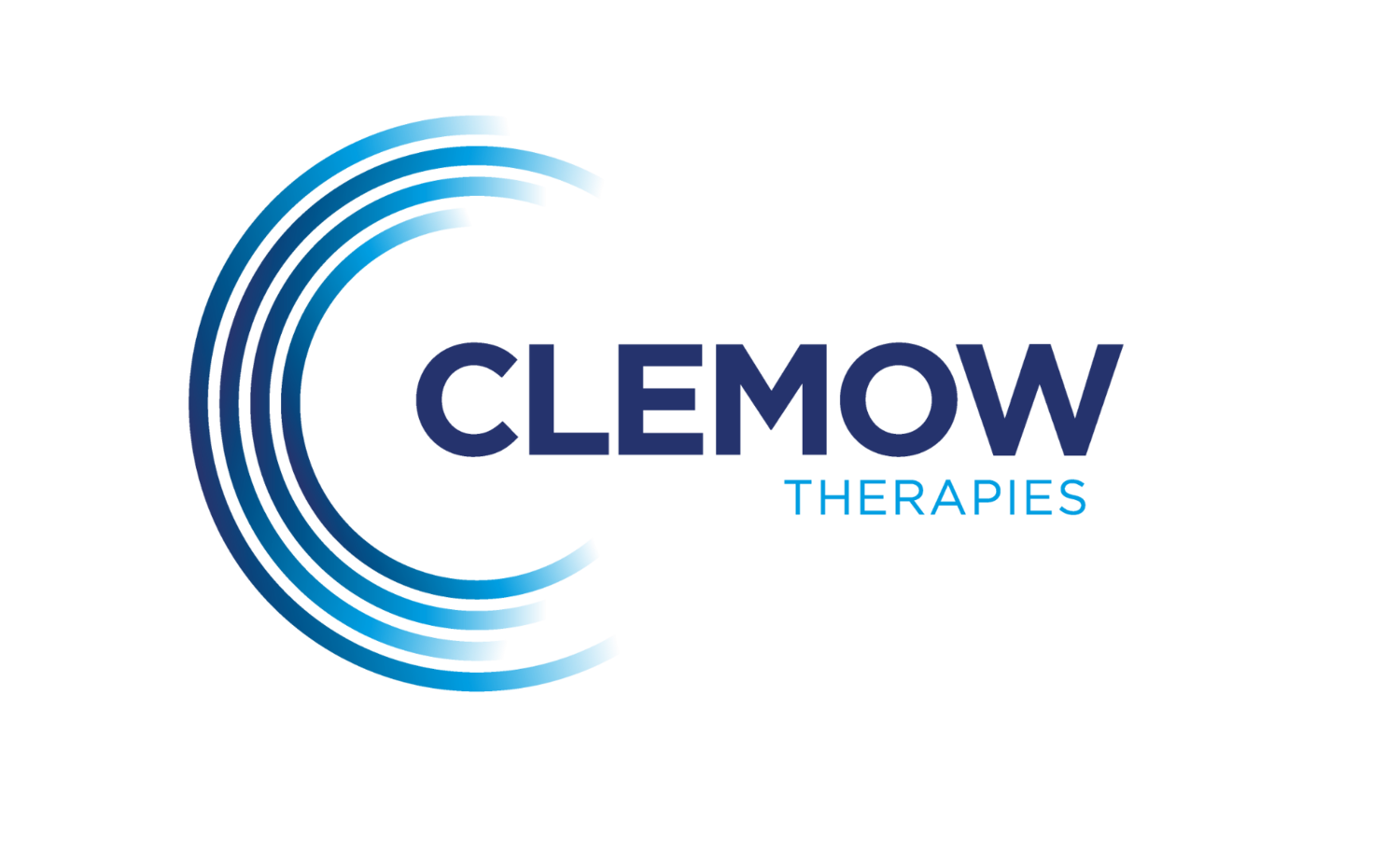Neck and Upper Back Stiffness - Living in the 21st Century
As we’ve evolved over the past 30 years we have developed a dependence on screens; phones, tablets, laptops, PCs, TVs, the list goes on…Many individuals are spending longer periods of time these days sedentary and the nature of occupational stress has changed with the development of the digital era. From this, we are seeing more and more clients coming in with neck and upper back pain. This varies from severe pain to mild discomfort, restricted movements and general stiffness. Long-term low-level tissue stress (repetitive semi-fixed positions) is considered to be one of the most dangerous types of stresses as the signs of injury can take years to present themselves, at which point the damage has been done.
Most individuals do not have the luxury to change all their occupational stresses, not to mention that the working day begins long before reaching the office. Have a look on your next commute at the sheer number of people that are bent over looking at their phones – this may even be you right now! Along with people using their screens on their commutes the rise of electronic tablets and mobile phones also means that there is an expectancy for individuals to be able to work outside of office hours. Electronic equipment is also becoming a large part of individual’s downtime and relaxation – think of all the hours spent scrolling or swiping on the sofa when you get home from work.
All of this is putting a huge load on the muscles and tissue in the back of the neck and upper back.
Anatomy: -
One important muscle (Splenius Cervicus) involved in resisting the weight of the head in a forward position can be seen above attaching to the upper six vertebrae and connecting the upper back to the neck. The average head weighs around 5kg so the muscles are working hard to resist the weight of the head as the individual looks down at their phone for prolonged periods often with little movement. Muscles are not designed to cope with being under a continual stress without movement for long periods of time. The muscles tighten during that screen filled commute and they are overworked and are already stressed before the individual even reaches work.
Prolonged repetitive movements over a sustained period of time can lead to a build in inflammation both in the tissues around the joints and the joint tissues themselves.
Osteopathic treatment is part of an ideal solution providing a combination of massage techniques, joint articulation and mobilisation. Here at the clinic we place an emphasis on the quality of the assessment as this enables us to target the correct tissues and we believe improve the treatment outcome. With the pace of life and lack of spare time many individuals do not have time to exercise and train as often as they would like and so we believe that a combination of targeted prescribed exercises, treatment and altered habits will provide the ultimate answer and reduce the chances of reoccurrence.
If you’re wondering what else can you be doing we’ve put together some self help considerations:
1. Time your round-trip commuter screen time for a week – be honest with yourself. Apple have now added ‘Screen Time’ which shows you how long you’ve been on your phone and what you’ve been done – just swipe left when you’re on your home screen and it will come up. There are also apps like ‘Moment’ or ‘Insights’ to track what you’re doing. Trust us, you’ll be surprised!
2. Try holding your phone up at chest/head height rather than looking down – you will soon get an indication of the muscle stress from holding a fairly fixed position.
3. Try listening to podcasts or audiobooks every now and again instead of reading something on your phone.



